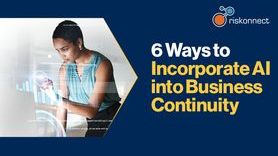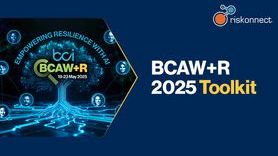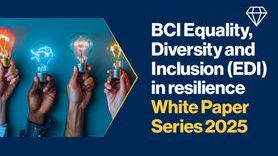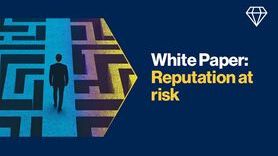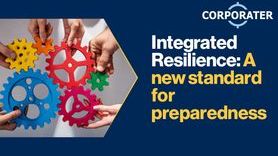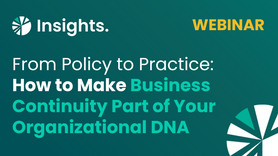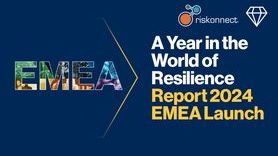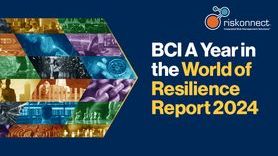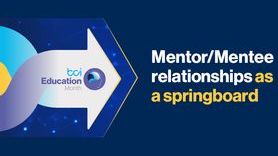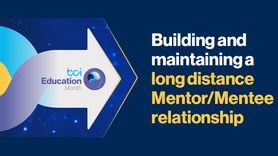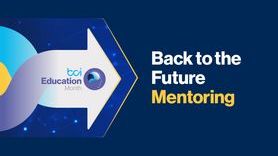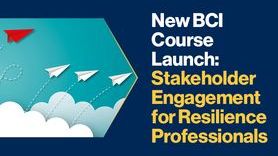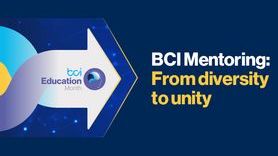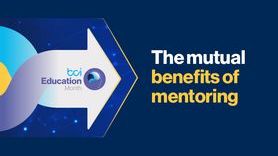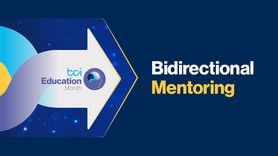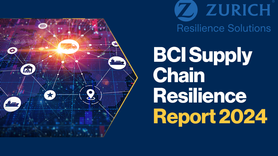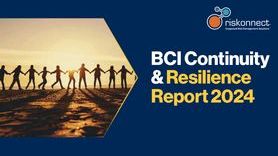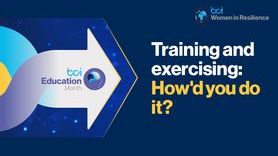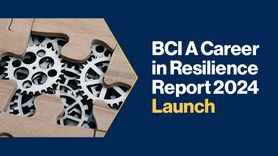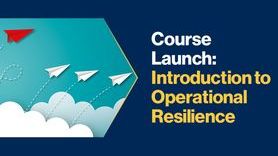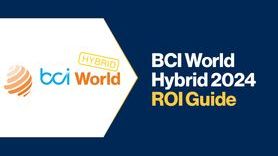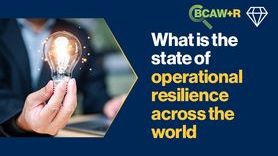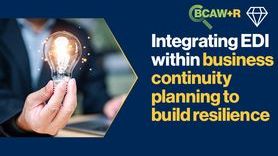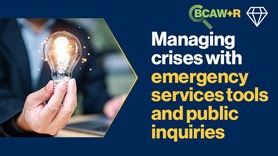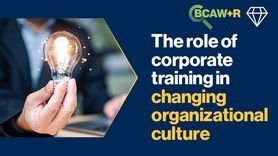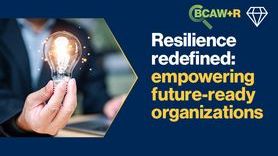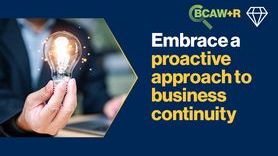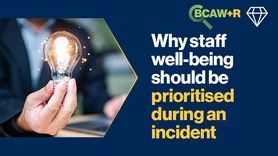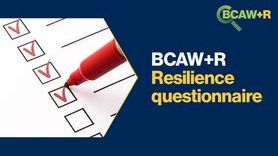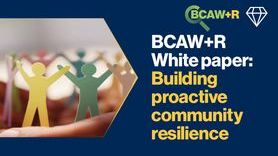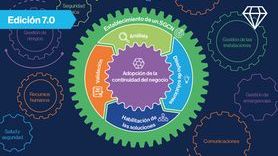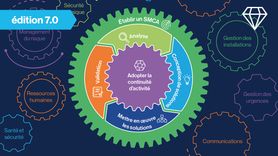As EDI investment falters, the importance of a diverse workforce is as crucial as ever
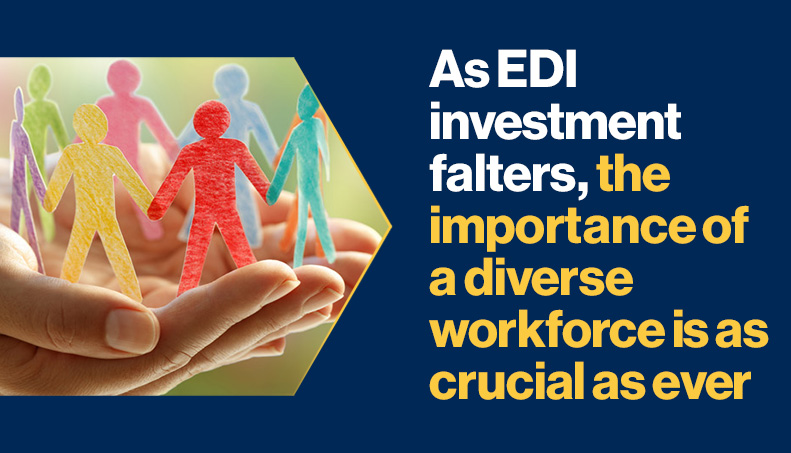
The number of organizations investing in equality, diversity and inclusion (EDI) fell from 33% in 2022 to just 27% in 2023, according to a recent report by Forrester. The pandemic had been hailed as providing a breakthrough in terms of employee-centric strategies. As office workers moved to remote or hybrid environments, newly empathetic managers invested in schemes to help ensure staff retained a sense of belonging, with EDI being an integral part of that. However, with global inflationary pressures rising, senior management and boards started scrutinising balance sheets for possible cost savings, and people-focused strategies became one of the first casualties of that.
A diverse workforce has long been hailed as not just delivering a positive reputational image for an organization, but something that can bring productivity increases, higher staff satisfaction, and financial gains. McKinsey research reveals that companies in the top quartile for racial and ethnic diversity are 35% more likely to have financial returns above their respective national industry mediums, while those in the top quartile for gender diversity have returns 15% higher. Harvard Business Review, meanwhile, produced research that shows having diverse senior leadership means organizations are 70% more likely to capture a new market. Indeed, this is something which Sarah Atkinson, EDI Consultant at the BCI, also points out: “With a diverse workforce, you’re not just appealing to a much broader talent pool at a time where there is a war for talent, but you’re also helping to demonstrate that you're representative of your customer base. If you're selling globally and internationally, for example, you want to be able to have a representative workforce for the people you’re selling to, as well as the solutions and products which suit their needs and values.”
With the gains clear to see, what is the barrier to diverse workforces?
As already mentioned, the perceived initial outlay of an EDI programme is the primary factor for organizations choosing whether or not to have an EDI strategy. Furthermore, as research for the BCI Severe Weather and Climate Change Report 2023 showed, senior management have the tendency to look where they can bring the most short-term shareholder gain. McKinsey research reveals that the 5% of CEOs who are able to pivot from a short- to a long-term focus are able to outperform their peers up to four years after the CEO had left the organization.
Atkinson believes one of the problems in trying to get an EDI strategy adopted by an organization is, as the article has alluded to throughout, that EDI all too often a project, or a strategic pillar, for an organization. She believes that it should rather be viewed as something which is woven into the fabric of an organization: “The most important thing about an EDI policy is to make sure it's not just a policy that sits in a cupboard and no-one looks at it again; it's something which is regularly revisited, reviewed and updated. Consider EDI as a golden thread that's woven throughout the business.”
To help get further executive buy-in, Atkinson suggests that EDI could “almost be seen as a business improvement programme” and it needs careful consideration to understand exactly how it should be embedded in an organization. This is where a dedicated EDI professional can assist by providing a voice to the board, while also masterminding the organizational implementation of the programme.
Why it matters for the resilience profession
“Resilience” has a very broad meaning in an organizational context. It encompasses areas such as business continuity, cyber security, facilities management, emergency management, crisis management, HR, and risk. While the BCI itself boasts a truly diverse membership base, there are areas where diversity is much less represented.
The physical security industry, for example, is one where women find it difficult to climb the corporate ladder, and often speak of being excluded in promotion rounds. A 2018 survey by the Security Industry Authority (SIA) showed that women comprised only 10% of the entire the private security workforce. This created a discouraging “feedback loop” whereby women were put off joining the sector due to their under-representation in the sector. The Authority discussed how women who worked in the sector often had better results in conflict situations, had better communication skills, and had more understanding of situations leading to a better result. Furthermore, in intelligence-led investigatory roles, where softer skills are more in demand, the Authority says women often outshine their male counterparts. For this particular industry, working better to attract women to roles and ensuring a healthy workplace will lead to more effective security departments.
The same soft skills that are crucial to success in security are also relevant across the entire resilience industry. The BCI Continuity and Resilience Report 2023 showed it is the softer skills that are most in demand across the whole profession. When respondents were asked which skills were most important for a resilience professional in 2023, “relationship builder”, “empowering”, “empathetic”, “being able to see the bigger picture” and “inspires others to solve problems” were all considered important by more than 70% of respondents, while “controlling”, “risk taker”, “formal authority” and “gives orders” were towards the bottom of the table. A diverse workforce can help to meet an organization’s resilience priorities.
In addition, listening to ideas and opinions from other cultures can help organizations to build best-in-class resilience programmes. The research team at the BCI has worked with the Institute for Small-Scale Industries in the Philippines and been inspired by how micro-organizations in the region take resilience very seriously. The team has also spoken to banking professionals in Kenya and the Congo who have managed to build world-leading operational resilience programmes in their organizations. By having a diverse workforce, organizations can use this same diversity of knowledge the BCI has noted globally to help build their own resilience strategies.
What part can a resilience professional take in embedding EDI into an organization?
The ability to get executive buy-in to initiatives to secure the long-term resilience of an organization is something that business continuity and resilience professionals are becoming more and more adept at doing. Like EDI, getting the necessary financial and people resources to ensure the organization’s future resilience can be difficult, particularly when the priority is revenue growth or shareholder value. Indeed, BCI research shows that more than three-quarters of practitioners would welcome the industry becoming fully regulated to help gain sponsorship from the board: according to the BCI Future of Business Continuity and Resilience Report 2021, 77.1% of practitioners would welcome organizations’ business continuity programmes regulated to a full or partial extent.
Regulation might be some time coming, and some resilience practitioners are already actively seeking ways to help their organizations become more diverse by linking business continuity plans to their organizations’ EDI plans. Some interviewees for a recent BCI research project spoke how they were aligning their EDI strategies to business continuity plans. This ensures that EDI is included in the BIA process, which openly exposes the risks of a non-diverse workforce.
Furthermore, as this article has already revealed, a lack of diversity in an organization can lead to slowed growth, reputational damage, an inability to meet a diverse customer base, and ultimately result in a poorer shareholder return. Therefore, ensuring EDI is regularly revisited on the risk register can ensure senior management always have it as top of mind, something that Atkinson references above.
To conclude, the importance of diversity in the workforce is now far, far greater than merely reaching quotas to fulfil the requirements in the social responsibility section at the end of an annual report. Organizations who cultivate and nurture a successful EDI strategy are set to become some of the most resilient organizations, the ones who are most in tune with their customer base, and those who can deliver the best products and services to their customers. While resilience professionals have their own unique challenges, they are also in an advantageous position where they can work to tackle diversity challenges through the BIA and risk register which, in turn, will create a culture to help their organization outperform its peers.
Read more about our EDI vision



